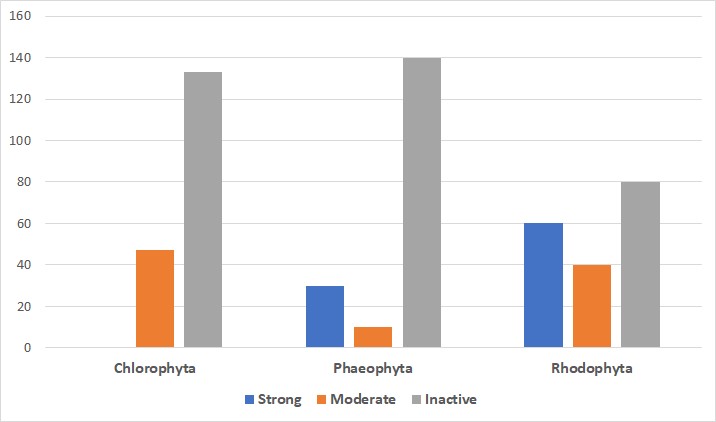Abstract
Any solid, unprotected, and undefended surface in the aquatic environment will be fouled. Fouling, on the other hand, can affect a wide range of species that can tolerate some epibiosis. Several others, on the other hand, aggressively keep the epibionts off their body surface (antifouling). Antifouling defenses are built into marine plants like seaweed and seagrass. They do have a distinctive surface structure with tightly packed needle-like peaks and antifouling coverings, which may hinder settling bacteria's ability to cling. Chemical antifouling resistance is most probably a biological reaction to epibiosis' ecological drawbacks, especially for organisms capable of performing photosynthesis. The goal of this study was to see how effective natural compounds derived from littoral seaweeds were in preventing fouling. The brown mussel, an important fouling organism, was evaluated in laboratory bioassays against fifty-one populations' crude organic extracts including fort-two macroalgae species. Antifouling activity, exhibited a distinct phylogenetic pattern, with red macroalgae having the largest share of active species, subsequently brown macroalgae. Antifouling action in green seaweeds has never been significant. Seven species showed some level of induced antifouling defense. Our findings appear to back up previous findings about secondary metabolite synthesis in seaweeds, indicating that in the hunt for novel antifoulants, researchers should concentrate their efforts on tropical red macroalgae.
Keywords:
secondary metabolites; marine chemical ecology; epibiosis; biofouling; antifoulants

 Thumbnail
Thumbnail
 Thumbnail
Thumbnail

